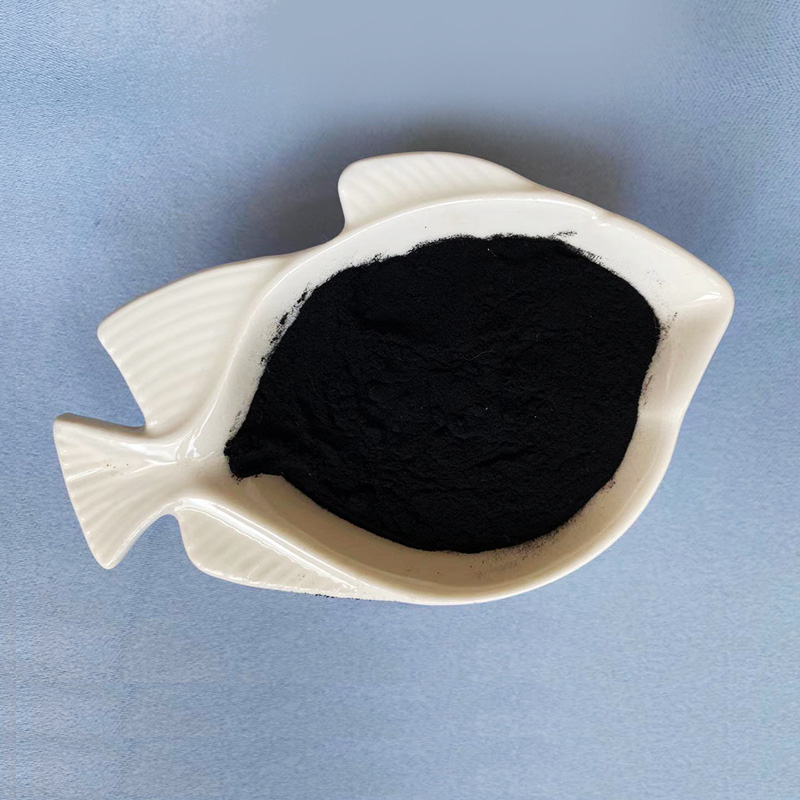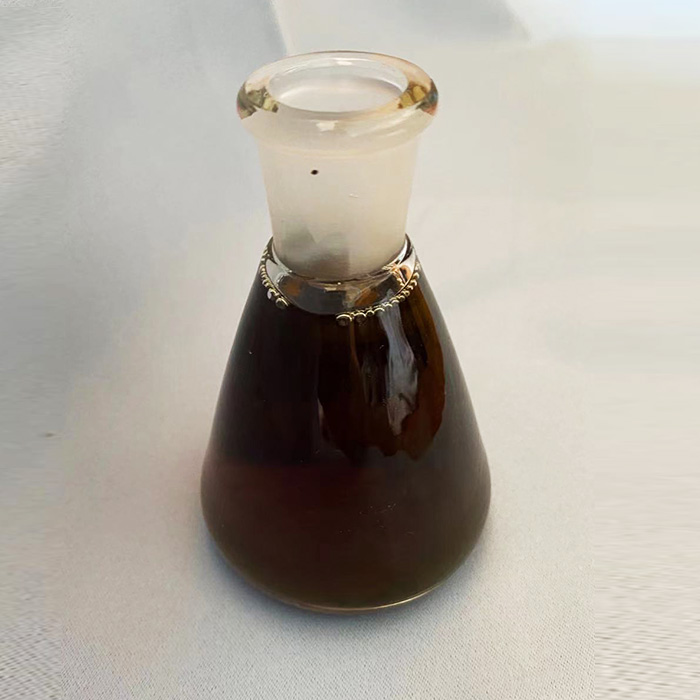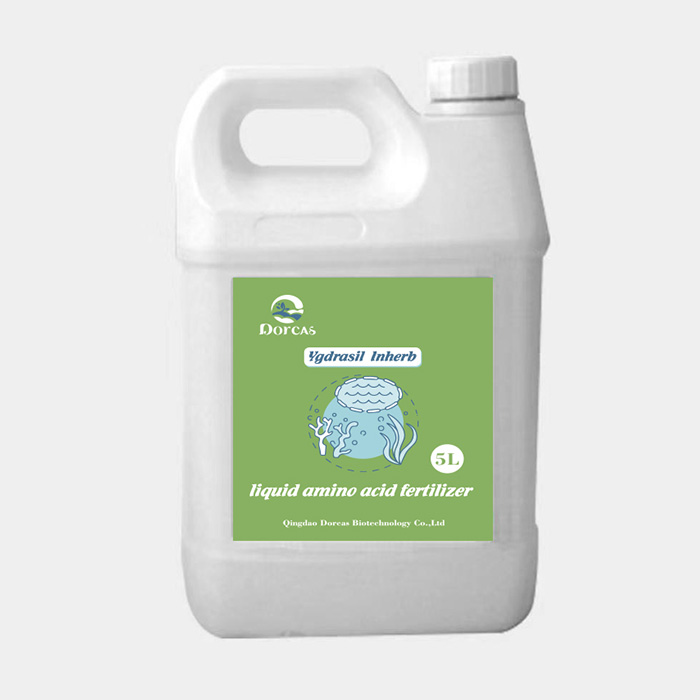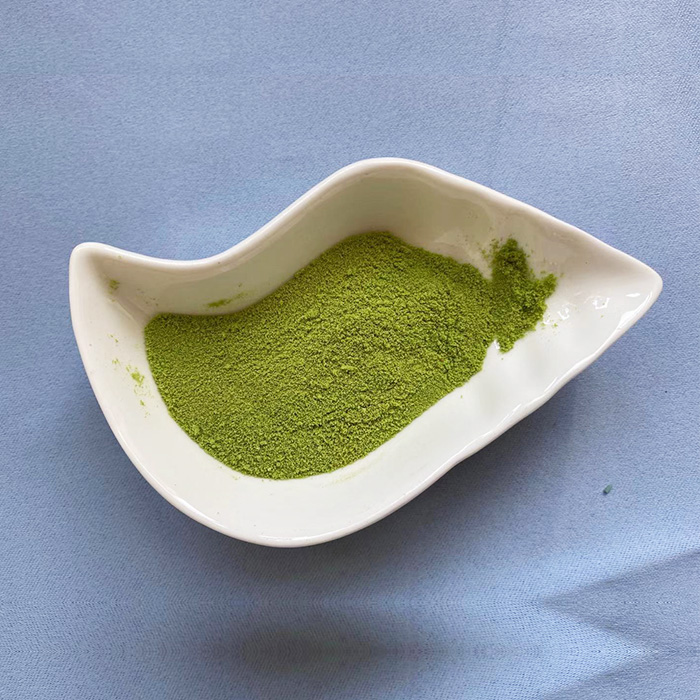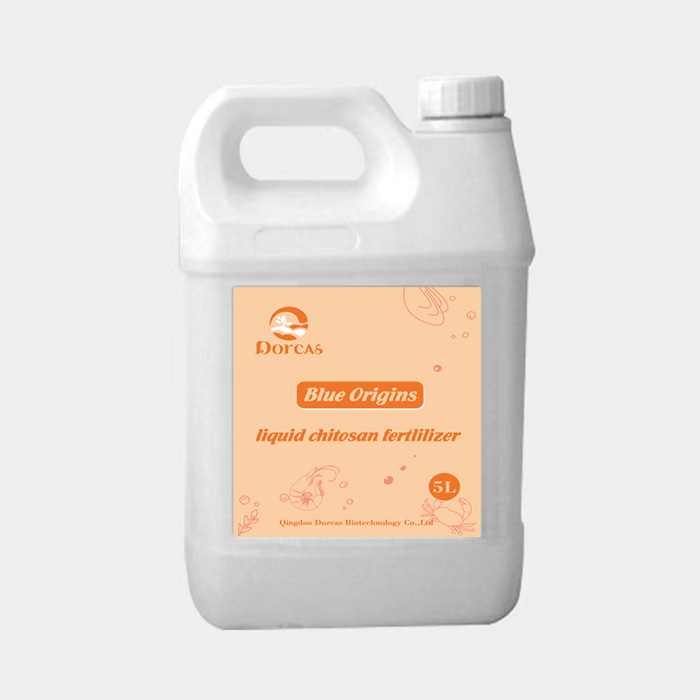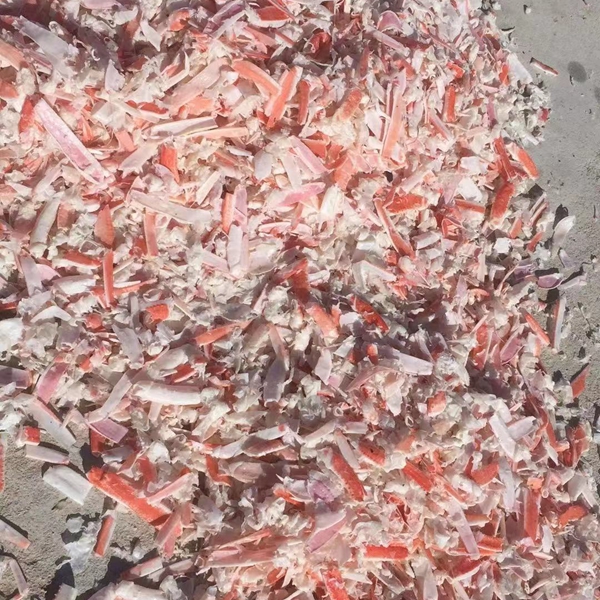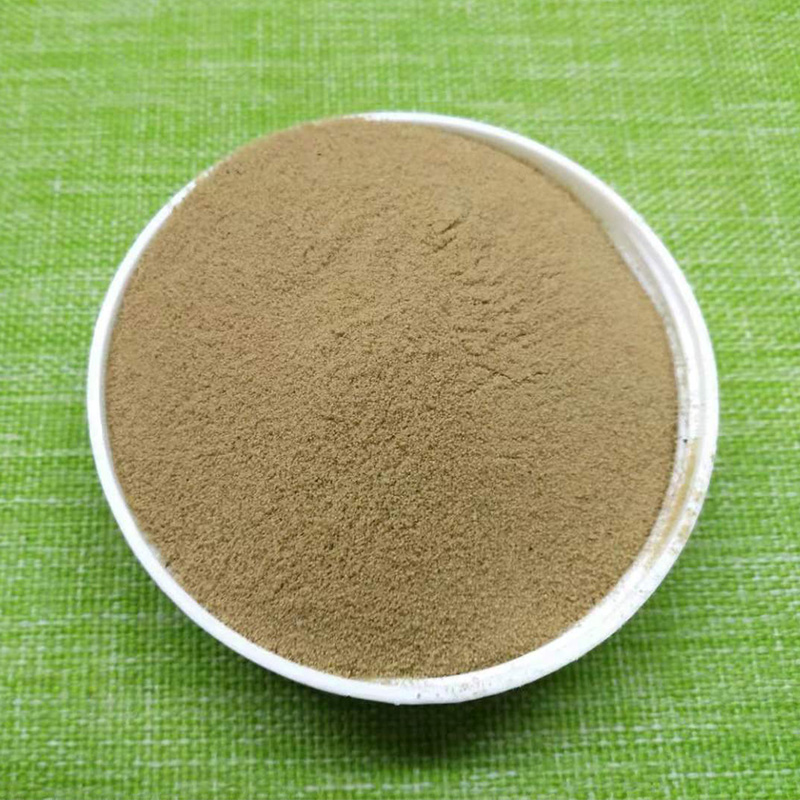Oct 10, 2024
Chemical fertilizers have concentrated nutrients and quickly take effect after application, but long-term use in large quantities can cause problems such as soil compaction and salinization; Organic fertilizer has all the nutrients, which can increase the formation of granular structure and fertilize the soil. However, the nutrient content is low and the release is slow, making it unable to provide sufficient nutrients in the later stage of vegetable growth; Biomicrobial fertilizer can activate fixed nutrients in the soil, stimulate root growth and absorption, but it does not contain any nutrients and cannot provide nutrients for vegetables for a long time.
To achieve the best fertilization effect, attention should be paid to the following issues when applying in combination.
Firstly, pay attention to the application time.
Organic fertilizers have slow effects and should be applied early. Generally, they should be applied as a base fertilizer before sowing or planting. It is best to decompose before use, and the effect of topdressing in the later stage is not as obvious as that of applying base fertilizer; Chemical fertilizers have quick effects, and should be applied about a week in advance when used as base fertilizer. Top dressing should be applied before the critical period of crop nutrition or the peak period of nutrient absorption to meet its needs; Biological bacterial fertilizer can only exert its antibacterial effect by multiplying in large quantities in the soil. Therefore, it should be applied early before planting vegetables to give them time to reproduce and grow. It can be applied together with organic fertilizer in the soil, or applied in holes before or during planting.
Organic fertilizers have slow effects and should be applied early. Generally, they should be applied as a base fertilizer before sowing or planting. It is best to decompose before use, and the effect of topdressing in the later stage is not as obvious as that of applying base fertilizer; Chemical fertilizers have quick effects, and should be applied about a week in advance when used as base fertilizer. Top dressing should be applied before the critical period of crop nutrition or the peak period of nutrient absorption to meet its needs; Biological bacterial fertilizer can only exert its antibacterial effect by multiplying in large quantities in the soil. Therefore, it should be applied early before planting vegetables to give them time to reproduce and grow. It can be applied together with organic fertilizer in the soil, or applied in holes before or during planting.
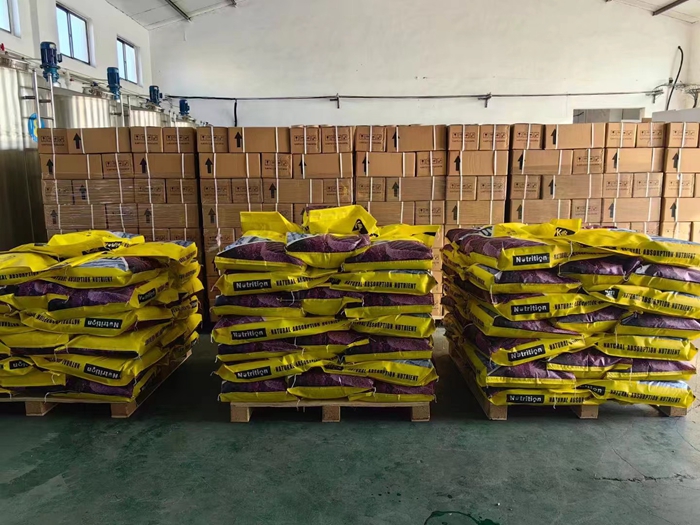
Secondly, pay attention to the application method.
The main function of organic fertilizer is to improve the soil while providing nutrients. It is generally applied as a base fertilizer to the soil, so it should be combined with deep tillage to completely mix the soil and organic fertilizer, in order to achieve the goal of improving the soil. In basic fertilizers, as nitrogen is the main nutrient in organic fertilizers, nitrogen fertilizer combined with organic fertilizers can be applied less, with 30% being used as base fertilizer and 70% as topdressing. Phosphate and potassium fertilizers can be used as base fertilizers for one-time application. Due to poor mobility, the effect of later application is very poor, so phosphate fertilizer should be used as base fertilizer to be applied to the soil. It is best to use fully soluble and quick acting fertilizers as the main fertilizer for topdressing, which has less impact on the soil. Biological bacterial fertilizer can be concentrated in planting holes or applied along with organic fertilizer due to its low dosage. In the later stage, the same type of biological bacterial fertilizer can be applied multiple times to strengthen the bacterial community, improve the ability to dissolve phosphorus and potassium, and improve disease prevention effects.
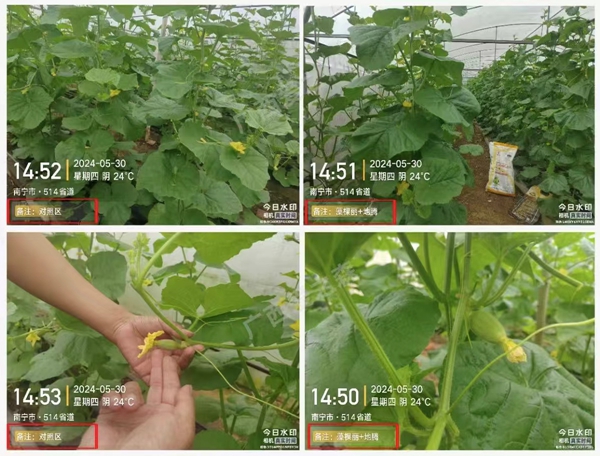
Once again, pay attention to the amount of application.
Different vegetables have different growth stages and require different amounts of fertilizer, so they cannot be applied too much or too little. Vegetables have a certain proportion of fertilizer absorption, such as tomatoes requiring a nitrogen, phosphorus, and potassium ratio of 1:0.23:1.52, eggplants 1:0.23:1.7, chilies 1:0.25:1.31, cucumbers 1:0.3:1.5, and so on. Therefore, fertilization should be applied according to the different fertilizer ratios required for vegetables. However, since the soil already contains some nutrients, it is best to conduct a soil test and follow the recommended fertilization formula according to the soil test.
Dorcas, a leading biotechnology factory in Qingdao, China. As top three manufacturers of seaweed fertilizer in China with more than12 years of experience. We produce seaweed extract, organic granular fertilizer, liquid foliar & vigoroot fertilizer and liquid chitosan fertilizer with biological enzymolysis method. We passed ECOCERT and IMO certification.
More detail: www.dorcas-bio.com
